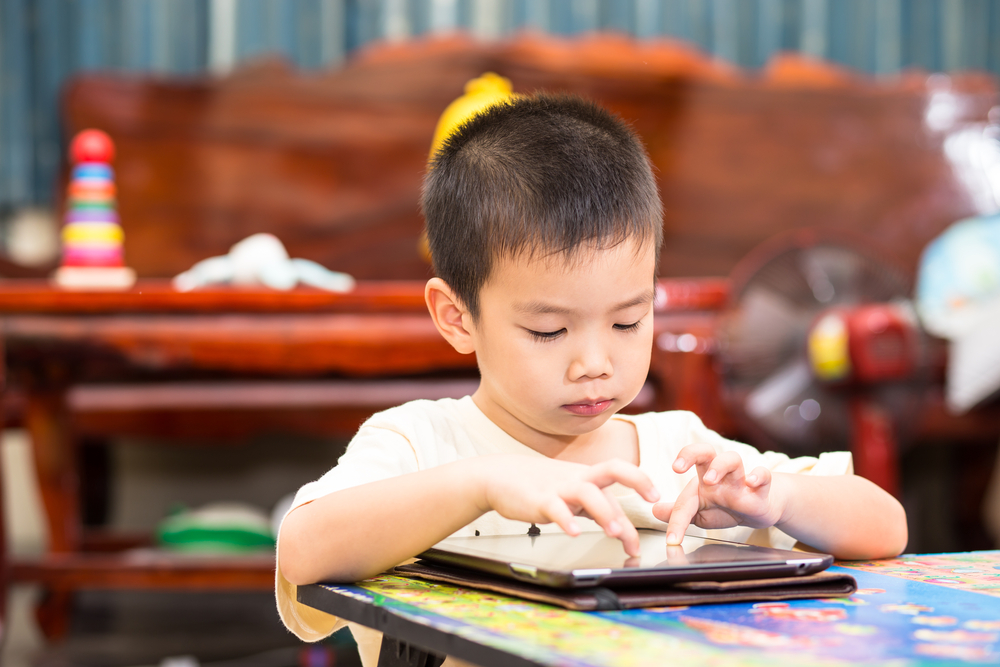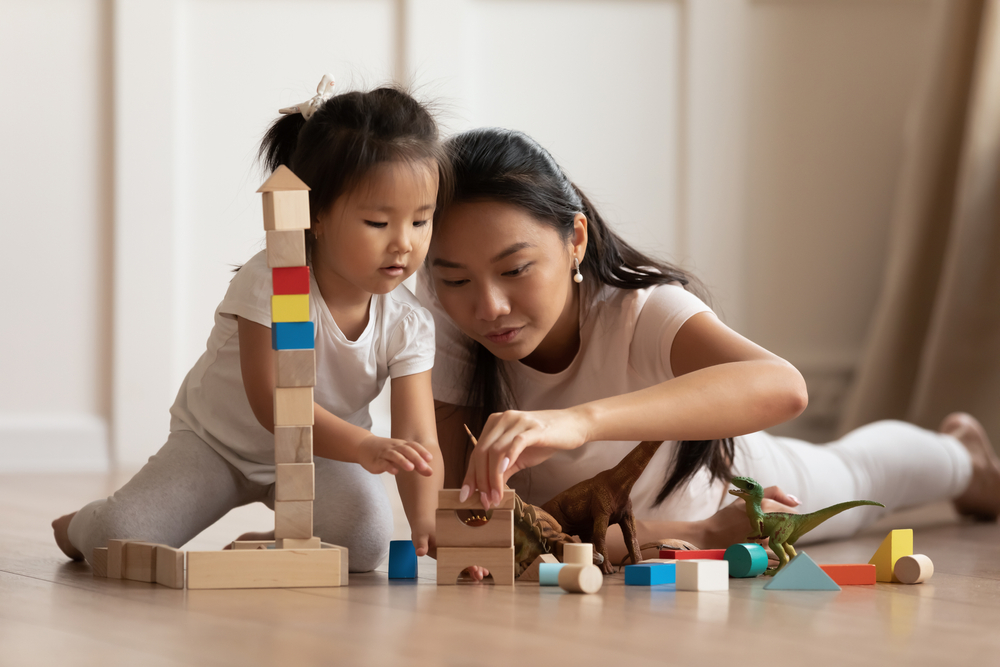
Written by: Speech Therapist, Lee Wing Yan
With the advancement of technology and material abundance nowadays, it’s not hard to see that tablets are being used as “electronic pacifiers” for young children. Regardless of the occasion, whenever parents bring out this “electronic pacifier” and play YouTube videos, children sit quietly, and adults can focus on their tasks. Since tablets and smartphones can calm young children and provide educational games and videos for learning, does that mean they are quality toys?
The key to selecting “quality toys” lies in whether young children can genuinely learn from them. Indeed, educational videos and interactive games can offer the cognitive concepts that preschoolers need to learn, but we also need to consider how preschoolers actually learn language.
Recent foreign research explores the impact of the parent-child interaction pattern on language development one year later (i.e., at age 3). The study found that the presence of “connectedness” between parents and children during interactions most influenced the child’s subsequent language development, including whether both parties participated in the same activity in turns. Additionally, children’s learning of verbs, such as “I eat” in “eat” or “Mom drinks water” in “drink,” directly affects their future language development (from the three examples above, it’s clear that to form complete sentences, children need to recognize a certain number of verbs).
Seizing everyday life opportunities to teach verbs through activities
So, can tablets and smartphones achieve the mentioned “connectedness”? Based on my daily observations, children tend to use tablets and smartphones alone, and they resist it when parents want to intervene. Furthermore, most of what children learn from videos are limited to English alphabets, counting, nursery rhymes, cartoon character names, or specific dialogues from cartoon characters. But what about verbs? Verbs are often easily overlooked in videos because children can learn them more effectively by doing them in real situations! For example, teaching a child the action of “brushing teeth” doesn’t it involve singing a nursery rhyme “Up and down the brush,” repeatedly emphasizing the action of “brushing,” and brushing teeth together with them? In daily life, whether during bath time, cooking, playing with toys, or going to the park, parents can take the opportunity to teach relevant verbs used in different scenarios through interactive activities.

Furthermore, research also indicates that the quality of interaction between parents and young children during play and reading, including the vocabulary adults input to children and the spontaneous “baby talk” from children, is higher compared to when using tablets and smartphones. Scholars generally believe that young children’s language learning primarily occurs through interaction with people. Therefore, if young children excessively use tablets and smartphones, reducing interaction with family members, it may be detrimental to their language development.
So, what defines a “quality toy”? Whether it’s choosing tablets, smartphones, or traditional toys like dolls, puzzles, and toy cars, the most important aspect to consider is:
Does it promote interaction and communication between parents and children?
Does it replace original opportunities for parent-child interaction?
In parent-child interaction and communication, parents can use various communication techniques to enrich the child’s language environment. These techniques have been mentioned in the previous article on “Four Communication Styles.” Toys are, in fact, just tools. Through toys and quality interaction, we aim to enhance young children’s language development.